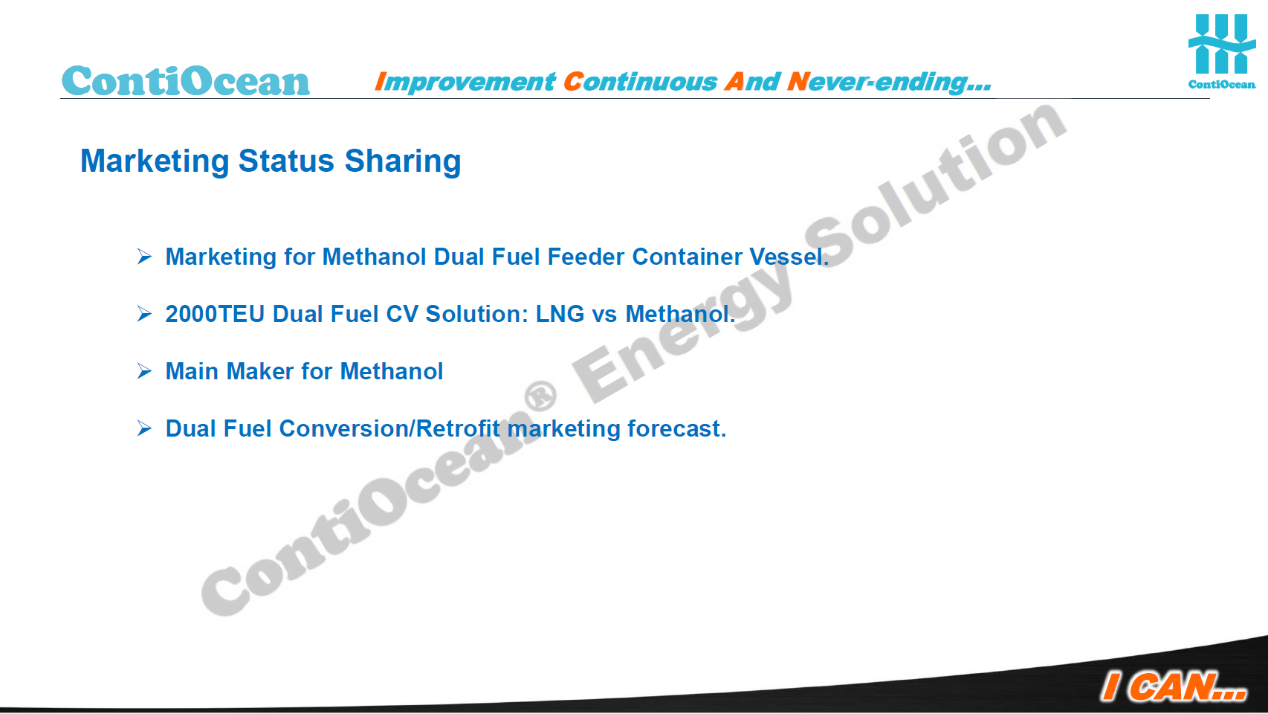Recently,
related personnel in marketing dept. and technical dept. of ContiOcean Group
and marine & offshore engineering equipment manufacturing enterprise Group
C and its subsidiary shipyard held a online forum on the current all potential
regulation or policy in play of IMO or EU for environmental protection, green
house gas emissions reduction and the development direction on clean energy of marine
and ocean engineering equipment manufacturing industry.

During
the forum, ContiOcean Group introduced its development history, products,
technology, research & development and technical capabilities, projects,
safety, quality management system, etc., and shared the current regulation and
policy which IMO and the EU recently proposed to take effect for the
environmental protection and the potential impact on the shipping market and
the recent hot situation of the shipping market. The forecast and layout of clean
marine energy market of ContiOcean and emphatically introduced LFSS—low flashpoint supply system developed by ContiOcean
Group.

At
present, container vessels, bulk carriers and oil tankers are the top three in
terms of fuel consumption and greenhouse gas emissions, accounting for more
than 80% of all shipping in operation all over the world. The IMO called for a
40% reduction in CO2 emissions by 2030 and a 70% reduction by 2050, based on
emissions from shipping in operation in 2008.
On greenhouse gases, 50% by 2050; And to use non-fossil fuels to meet
emissions reduction targets, in accordance with the Paris Agreement.

However,
the current mainstream and potential Marine energy, such as liquid ammonia,
liquid hydrogen, methanol, LNG, LPG, Marine fuel, have different physical and
chemical properties, storage and combustion conditions, etc. So, which kind of fuel is the best choice in
terms of economy, technology, compliance, development and other dimensions has
caused many practitioners to think.

ContiOcean
introduced its own developed LFSS low flashpoint supply system in details,
analyzed and shared the current market situation of methanol feeder container vessels,
the comparison and difference of methanol and LNG dual fuel solutions, the
technical difference of main methanol dual fuel system makers in the market,
and the prospect of dual fuel conversion/retrofit market. The two parties analyzed and discussed the
current hot clean energy projects, and indicated that both parties are willing
to have more and deeper cooperation on the following research and designing job
marine clean energy system.


